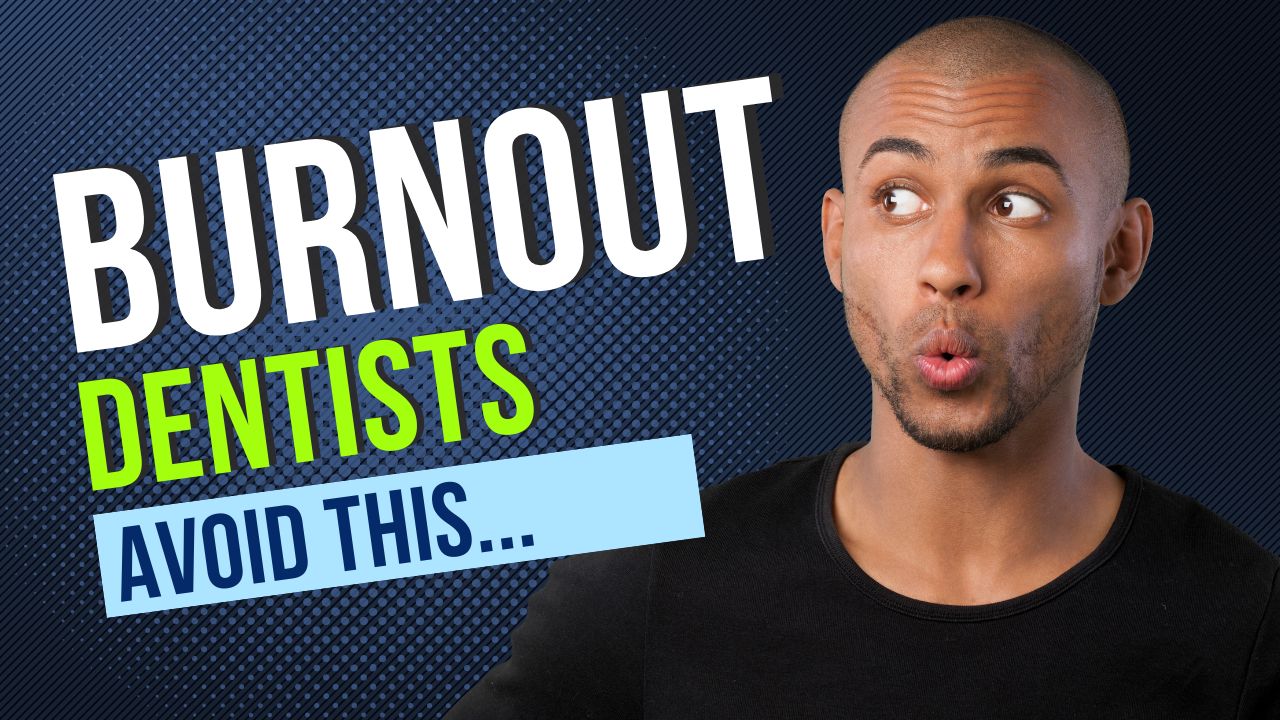A dentist has many duties and responsibilities. We couldn’t possibly list them all here. From routine cleanings to fillings, to oral surgery, dentists provide a wide range of services to help patients care for their teeth, gums, and mouth.
Let's take a look at some of the things a dentist might be responsible for...
What are the duties and responsibilities of a dentist?
- Diagnosis. Providing a full clinical examination is the foundation for determining issues related to the teeth, gums, and mouth. Visual inspection is important, looking for signs and symptoms of health issues, abnormalities, or things like cavities or gum disease.
- Treatment planning. Once issues are identified, a dentist will determine the best plan for treatment. Treatment takes into account the severity and complexity of the diagnosis, and sometimes may require a referral to a specialist.
- Dental procedures. From fillings to root canals, crowns to bridges, dentists performed a variety of highly skilled procedures.
- Patient education. In order to provide the highest level of care, dentists must be prepared to help patients through education. One of the best ways to do this is for a dentist to stay on top of the latest advancements in technology, techniques and research. Continuing education is a must.
Types of Dental Specialties
The duties and responsibilities of a dentist will vary depending on the type of dentistry they specialize in.
All dentists are responsible for collaborating with other healthcare professionals and communicating with patients.
- Dental anesthesiologists. Duties include providing anesthesia and sedation during dental procedures.
- Dental public health specialists. Duties revolve around prevention and control of disease, including the promotion of oral health through education and public policy advocacy.
- Endodontists. Duties include all aspects of root canal treatment. Procedures may include apicoectomy or root-end resection.
- Oral and maxillofacial radiologists. Duties include the diagnosis and management of disease through radiographic images and other technologies. Oral and maxillofacial radiologists determine the appropriate imaging techniques for different clinical scenarios and specific patient needs. They consider factors such as the type and extent of the suspected pathology, patient age, radiation exposure, and the level of detail required for accurate diagnosis. Use of appropriate protocols and techniques maintains safety during diagnostic imaging.
- Oral and maxillofacial surgeons. Responsible for surgical procedures, such as tooth extractions, dental implants, corrective jaw surgery, tumor and cyst removal, TMJ surgery, cleft lip repair, palate repair, soft tissue and bone grafting, other surgeries related to the face, jaw, and mouth.
- Oral pathologists. Responsible for the analysis and interpretation of oral tissue samples obtained through biopsy, excision, or other methods. Pathologists provide expertise in pathology, including oral cancer, precancerous lesions, infections, autoimmune disorders and other abnormalities. An oral pathologist may assess cellular changes, abnormalities, and patterns of disease progression to provide accurate diagnoses.
- Orthodontists. Responsible for treatment related to the alignment of the teeth and jaw. Orthodontists are responsible for the placement, adjustment, and maintenance of orthodontic appliances. This includes fitting braces, attaching wires and brackets, and periodically adjusting the tension or pressure on the teeth to gradually move them into the desired positions.
- Pediatric dentists. Duties and responsibilities include the treatment of children. Emphasis is placed on preventative care and early detection of issues. Patient education (usually parent education) is important too. Pediatric dentists may need to be prepared to deal with anxiety issues and use child-friendly communication techniques and behavior management strategies.
- Periodontists. Duties include treating conditions related to the gums, jawbone, and periodontal ligaments. Periodontists provide non-surgical treatments for gum diseases such as gingivitis and mild to moderate periodontitis. This may involve scaling and root planing (deep cleaning), administration of antimicrobial agents, and other procedures aimed at removing bacterial plaque and calculus from the teeth and gums.
What duties are you, or a dentist you know, responsible for? Leave a comment on our social profile.
Related Articles
Ready to get started?
Join Princess Dental Staffing for free!

